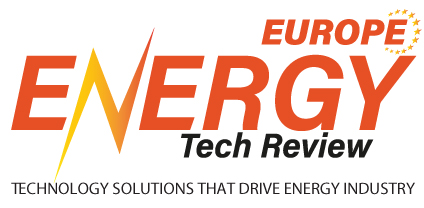Issues with indoor air quality (IAQ) have become a major challenge in our modern built environment due to the lack of mandatory regulations governing ventilation, a problem that affects both national and European levels. In many building renovation and retrofitting projects, the primary focus is on reducing heat loss, while the crucial provision of fresh air is overlooked. This emphasis on energy efficiency has led to many buildings being sealed airtight, which in turn causes an accumulation of CO₂, humidity and harmful particles, a situation that is particularly concerning in schools, hospitals and other public facilities.
International standards such as ISO 17772, ISO 7730 and ISO 16000, along with European regulations like Regulation (EU) 2009/125/EC, have long highlighted the importance of mechanical ventilation for maintaining a healthy indoor climate and achieving optimal energy efficiency. In numerous European countries, these ventilation systems are regarded as an integral part of building design and construction requirements, implemented from the earliest planning stages rather than being seen as optional extras. However, in Bulgaria, existing documents, including Ordinance № RD-02- 20-3 and Ordinance № 15/2005, lack the necessary stringency to mandate mechanical ventilation. As a result, renovated buildings often rely on makeshift window infiltration that undermines energy savings and compromises the indoor environment, leading to increased health risks. The buildup of moisture, mold and harmful particles adversely affects occupants, especially children and vulnerable groups, by reducing concentration and overall well-being, while the absence of systematic monitoring and reliance on subjective assessments further limit effective oversight.
“Indoor air quality is a measurable right, not an optional luxury; airtight, energy-efficient retrofits without mandated mechanical ventilation risk occupant health. By combining advanced decentralized systems with clear regulations and incentives, we can ensure healthy, energy-efficient environments in every building”
Modern science and technology offer a range of flexible engineering solutions that can be implemented in both new and existing buildings. Advanced decentralized ventilation systems, which utilize compact regenerators or recuperators, can be installed directly in walls or window frames, minimizing the need for extensive construction work and duct networks while efficiently recovering waste heat. Window-mounted ventilation modules provide another viable solution for quick upgrades in buildings with challenging architectural features, ensuring a constant supply of fresh air without the need for complete structural overhauls. Furthermore, smart management systems integrate indoor climate data with overall building automation, allowing real-time control of ventilation alongside heating and cooling systems, thereby enhancing both comfort and energy efficiency.
To drive the widespread adoption of these solutions, a stronger political approach and comprehensive regulatory reforms are essential at both the national and European levels. It is imperative to update the regulatory framework by establishing clear, unambiguous criteria that mandate the inclusion of mechanical ventilation, particularly in renovation projects and as part of broader recovery and resilience plans. Defining specific thresholds for indoor carbon dioxide levels and humidity, such as maintaining CO₂ levels within 800–1000 ppm and relative humidity below 60%, is critical to preventing mold and mildew, with these thresholds aligned to internationally recognized standards like ISO 16000. Moreover, providing financial incentives such as tax breaks and grants can encourage the adoption of decentralized and innovative window-based ventilation systems, thereby attracting private investment and accelerating implementation. An independent monitoring, IAQ certification and oversight mechanism is also necessary to evaluate outcomes from construction and energy projects, ensuring that actual air exchange meets the prescribed standards. In addition, the development of training programs and expert support networks for engineers, architects, municipal staff and building managers would facilitate the practical implementation of these advanced ventilation solutions.
In conclusion, achieving energy efficiency must not come at the expense of occupant health and comfort. By uniting political will with engineering expertise, we have the opportunity to establish practices that deliver high indoor climate standards while minimizing energy losses. The adoption of decentralized ventilation systems and smart window solutions demonstrates that flexible, cost-effective and long-term viable measures are not just technologically achievable but economically justified. With a stable regulatory framework, robust incentives and rigorous quality control ensured by both government and municipal authorities, indoor air quality can transition from an optional luxury to a fundamental standard that benefits society as a whole.
Indoor air quality must no longer be seen as a luxury—it is a measurable right and a pillar of modern building policy. By uniting smart engineering with bold regulatory action, we can transform schools, hospitals and public spaces into healthier, energy-efficient environments.
This is not just a technical upgrade. It’s a shift in mindset—where buildings don’t just save energy but actively protect and enhance human health. The path forward is clear: regulated standards, intelligent ventilation and political commitment must go hand in hand to ensure that every breath we take indoors is safe, clean and future-ready.












